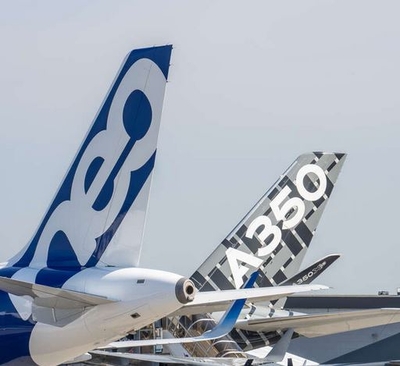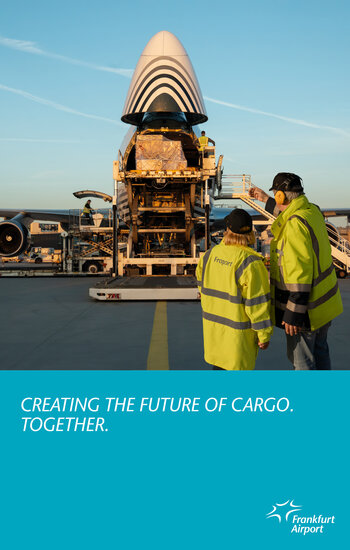The European frame maker expects cargo flows to shift increasingly from traditional consumer markets in Europe and North America to the APAC region, including the Middle East. This is stated in the aircraft producer’s Cargo Global Market Forecast 2025-2044, published last Wednesday (22OCT25), and underpinned by data.
Namely China, India and Southeast Asia will become the main drivers of global cargo growth, predict Airbus’ market analysts in their forecast, presented to the media in Nashville, Tennessee. This will initiate a gradual shift in air cargo geography and the global air freight map while air freight growth continues, but at a slower pace. This trend has been evident for two decades now, characterized by very different regional growth rates in air freight.

Ex oriente lux
It is striking that the USA has now lost its once dominant role to East Asian players. While in 2005, 40% of the total tonnage handled worldwide was loaded onto or unloaded from aircraft in Atlanta, Chicago, Miami, New York, or Los Angeles, the figure went south ever since and is now only 30% with a continuing downward trend. At the same time, cargo dispatched in the APAC region rose from 39% (2005) to 44% today, while Europe has largely stagnated, with a 1% decline in cargo handling over the past 20 years, declining slightly from 17% to 16% currently. In contrast, Africa and the Middle East belong to the rising stars, accounting for 9% of the world tonnage, up from 3% in 2005.
India on way to becoming a cargo powerhouse
Based on GDP growth, in 20 years’ time, China and – to a lesser extent – the USA will be challenged increasingly by India on the country’s way to the top of the global freight hierarchy. Brazil will follow suit, ranking sixth in terms of GDP in 20 years’ time. Even geographically small Singapore will climb from its current 16th place to seventh place in terms of real GDP. In short, the market forecast presented by Airbus confirms a shift from the previous powerhouses to emerging markets, which mostly belong to the Asia-Pacific region.
Forecasts are only snapshots in time
Growth forecasts for individual trade lanes vary accordingly. Intra-Asia – Pacific trade flows are at the top of the list, with Airbus market analysts predicting annual growth of 3.6%. However, traffic between Asia-Pacific and North America remains far ahead, with annual growth of 3.2% until 2044. Asia-Pacific – Europe/CIS follows closely behind with an increase of 2.6%. However, these forecasts are only a snapshot, as new customs tariffs or even regional crises, including military conflicts, could be dampening factors.
Moderate growth of freighter fleets predicted
In terms of fleet development, there is a global demand for 2,600 freighters over the next two decades, consisting of 935 new-builds and 1,670 P2F conversions. This will increase the total number of cargo aircraft to 3,420 units by 2044, up from 2,345 aircraft today. The expected orders are dominated by smaller freighters with a capacity of up to 40 tons per flight, with an expected delivery of 1,120 aircraft. This is followed by 855 mid-size widebody freighters which offer a loading capacity of 40 to 80 tons, and 630 large widebodies which can uplift more than 80 tons per takeoff, such as the A350F or the B777F variants from Airbus competitor Boeing. Here, too, North America is slightly ahead of the APAC with 920 units, followed by Asia-Pacific (850) and Europe with 500 new builds or P2F conversions.




